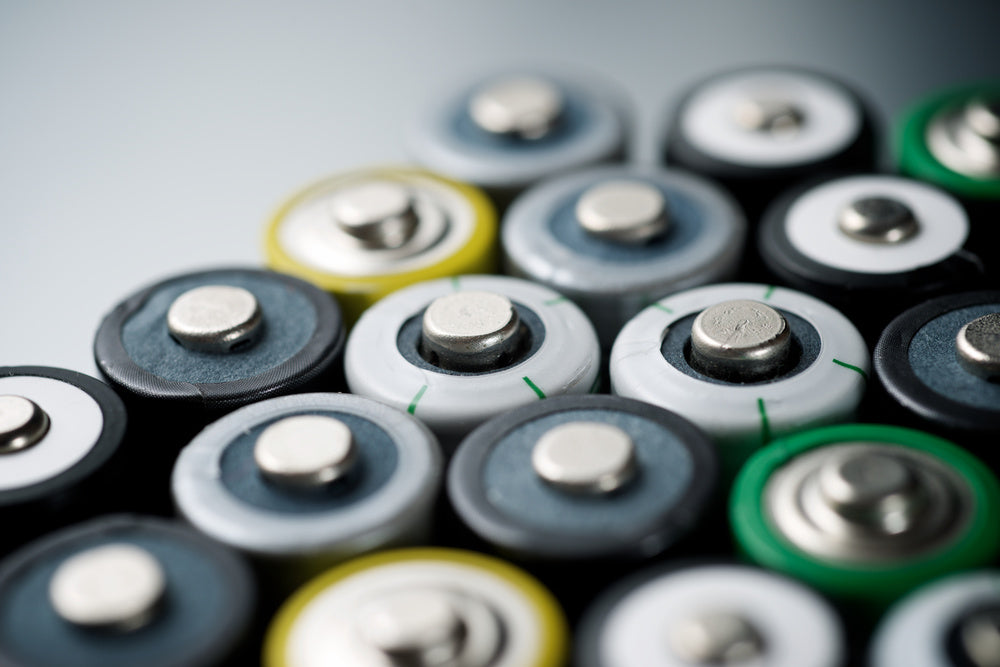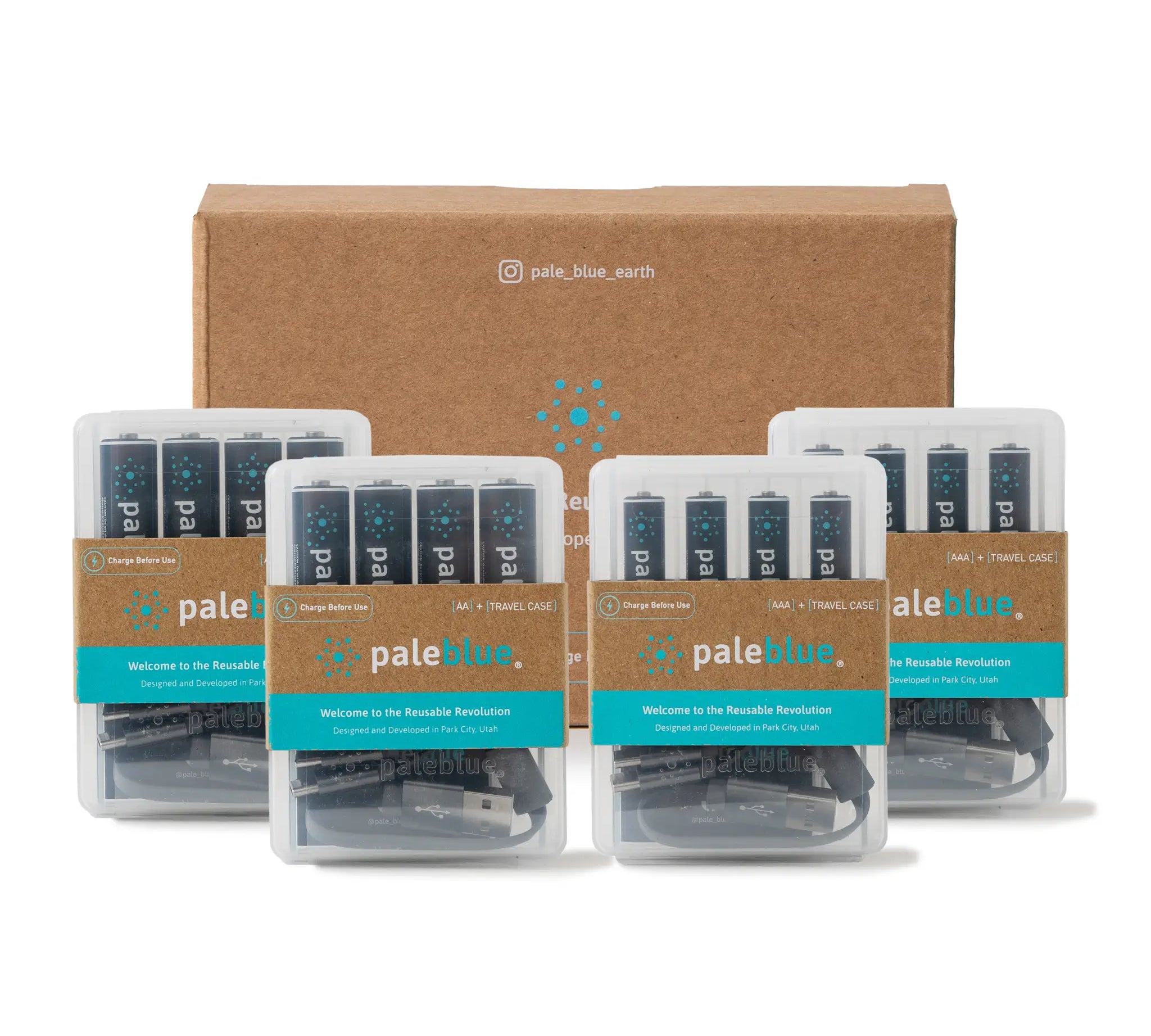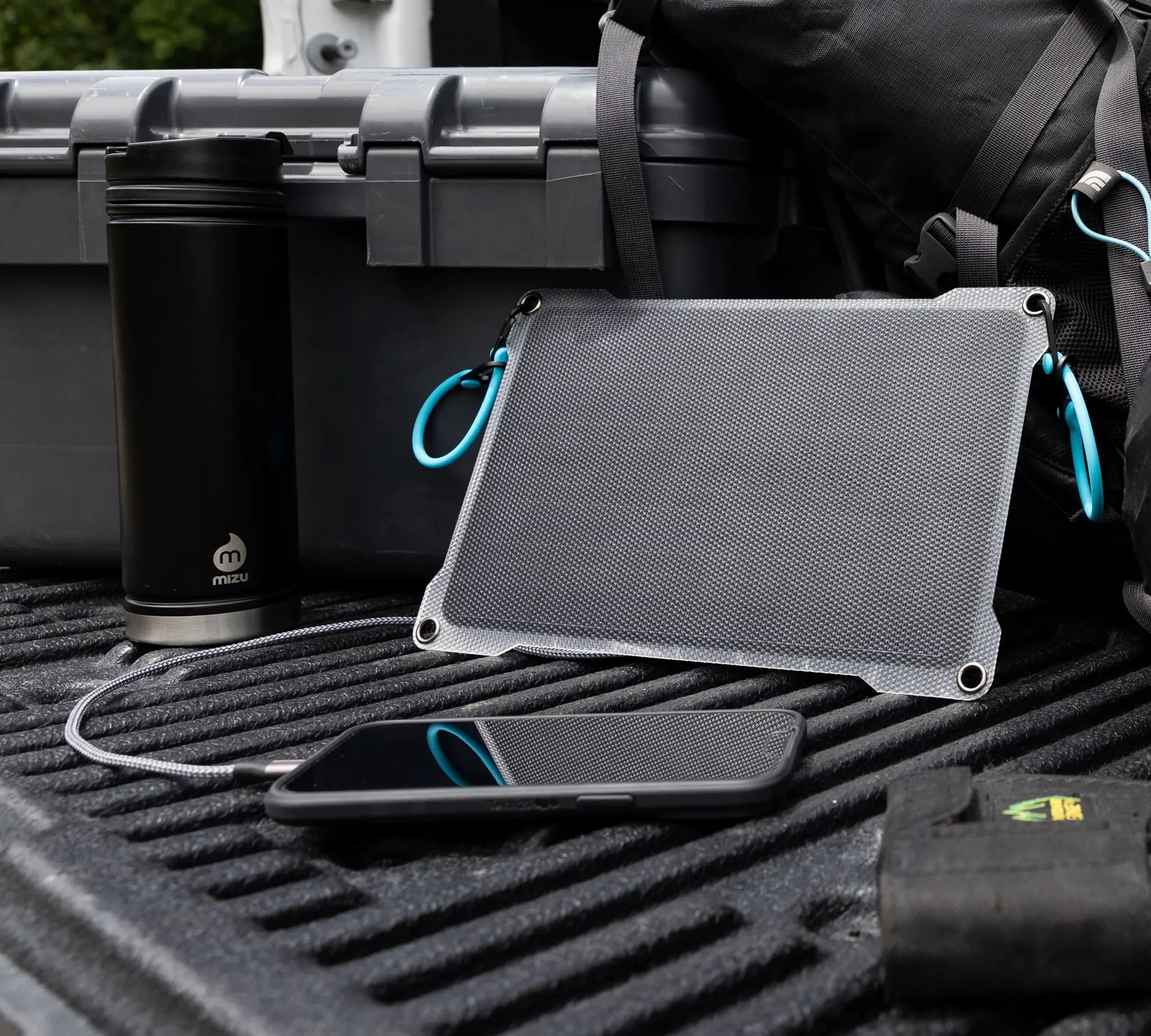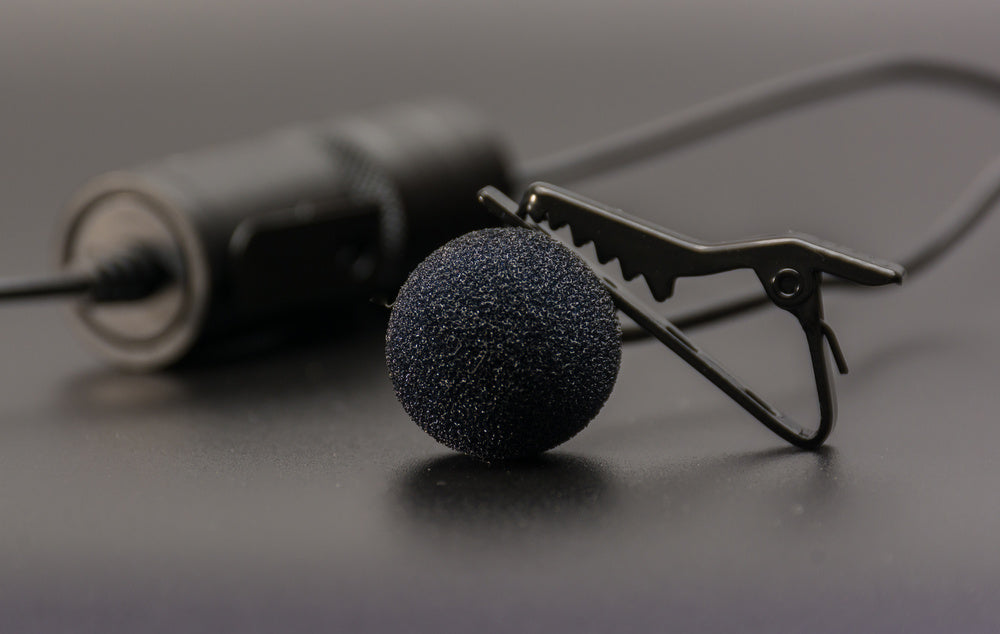Are Li Rechargeable Batteries Standard Now? | Paleblue

Poking around the internet led us to a New York Times article published more than 30 years ago. Entitled 'Consumers World: Coping with a Blizzard of Batteries', the article discussed all the many different types of consumer batteries available at the time. The article was originally published on January 20, 1990.
Back then, the only rechargeable battery was the nickel-cadmium (NiCad) battery. Single-use alkaline batteries were the preferred option for most consumers. They could also choose heavy-duty zinc-carbon or lithium products. For the record, the lithium batteries of the 1990s were not rechargeable.
If you are old enough to have fond memories of the NiCad batteries of yesteryear, you know they were a tremendous upgrade over single-use products for people who did not like generating waste. But the other side of the coin was this: early NiCad batteries could be rather inconvenient.
A Special Charger Required
One of the first things you learned as an early NiCad user was that you needed a special charger and AC outlet. The charger could not be used on any other battery types, though plenty of consumers thought otherwise. You also needed to have a charger designed for your battery brand. A charger could run anywhere from a few dollars up to $50 at retail.
In addition, the chargers had to be plugged in a standard wall outlet. It was not like plugging into a USB charging station. Unfortunately, this meant that charging on-the-go was a no-go and your charger would likely not work in any international travel situations since AC plugs and voltages vary from country to country. It just wasn't practical and market adoption of this generation of rechargeable batteries was very limited.
If you were a heavy battery user, you would probably want a bigger charger capable of charging more batteries simultaneously. But bigger chargers were more expensive. They were also more bulky. Overall, charging was not the most convenient of tasks.
Very Long Charging Times
Another thing you learned quickly with NiCad batteries is that you needed to plan for charging. Batteries did not charge in under an hour, like modern USB-C rechargeable batteries. A single charge cycle could take 8 to 10 hours. I ran NiCad batteries back in the day. I used to let them charge overnight.
My overnight strategy worked well some of the time, but it required planning ahead for any battery needs. It’s worth noting that when one discovers they need batteries, it is often the case that they need them now or very soon. Despite my planning, there was more than one occasion when I needed batteries and wasn’t charged up. So what did I do? I didn't have time to charge, so it was off to the store to buy disposable batteries.
Expensive But Still Cheaper
The big drawback of those early NiCad batteries was the cash register price. NiCad batteries could be two or three times more expensive than their alkaline counterparts. Throw in a charger and you were spending a chunk of change. But NiCad batteries could be recharged several hundred times. So, over the life of a single set of batteries, you actually spent a lot less.
According to the New York Times, Eveready was claiming a savings of $100 on a set of AA NiCad batteries back in 1990. GE claimed customers could save up to $275 by purchasing NiCads.
A Whole New World Today
Thanks to superior lithium-ion technology, it is a whole new world today. Rechargeable USB-C batteries come in the most popular form factors including AAA, AA, C, and D. They charge in under an hour and do not require a special charger. Best of all, 1000+ charging cycles make lithium-ion batteries much cheaper than alkalines over the long term.
NiCad batteries were fantastic technology back in 1990. But they have since been replaced by rechargeable lithium-ion batteries. If you want the most from your consumer battery budget, go with lithium-ion USB-C rechargeables.







